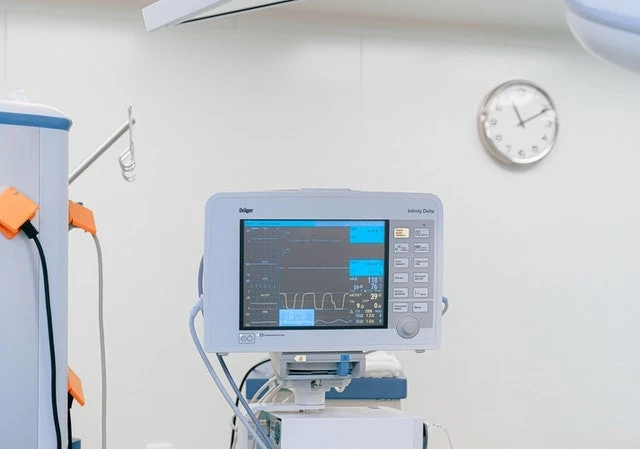Inside the operating room of the future
Add bookmarkWe respect your privacy, by clicking "Download Your Copy" you agree to having your details passed onto the sponsor who may promote similar products and services related to your area of interest subject to their privacy policy. You have the right to object. In addition, you will receive our e-newsletter, including information on related online learning opportunities. For further information on how we process and monitor your personal data, and information about your privacy and opt-out rights, click here.
An Inside Look into General Hospital / Partners HealthCare/ CIMIT's Medical Device Plug-and-Play Interoperability Lab.
In anticipation of the site tour at the Software Design for Medical Devices - Americas conference, we sat down with Julian M. Goldman, MD., Director and Founder of the MD PnP Program to learn more about their facility, what projects they’re currently working on and how the adoption of open standards and interoperable technologies have the potential to dramatically improve patient care.
According to the MD PNP Blog, the MD PnP lab just recently moved to a new location. How’s the new space working out and, for those who may not be familiar with your work, what exactly will you be studying in this lab?
Yes, after spending 11 years in our old lab, we just moved to a new space this past July. Our new lab is a 4 suite, 32,000 SQFT space in a research building that is part of Mass General Hospital and Partners Healthcare System. In our research lab we have expensive, advanced networking infrastructure that enables us to serves as a “test bed” for integrated clinical environments.
We have 4 labs in operation that focus on:
- Medical device interoperability
- Cybersecurity
- Medical device integration to connect devices and send data into the electronic health record
- Electronics
Our new, state of the art facility boasts a highly reconfigurable network environment and over a million dollars worth of medical devices that we can connect or reconfigure depending on the project. Because of the way our infrastructure is set up, we have the ability to emulate unique hospital network environments.
Hospitals often have a lot of constraints when it comes to how the network is configured and system requirements for medical devices often vary from hospital to hospital. Though manufacturers are certainly experts when it comes to their own devices, what we do is help them find out how their equipment performs as part of an ecosystem made up of multiple systems and devices.
Simply put, we’re a nexus of clinicians, clinical engineers, computer scientists, hospital operations and IS Operation experts who work closely with medical device manufacturers, standards organizations, software companies and other collaborators to evaluate interoperability, plan future products that are interoperable and conceptualize the medical internet of things as the next generation of devices.
Can you give us a little background about the MD PnP Medical Device Interoperability Program? How did you guys get started?
Back in the early 2000’s my colleagues and I worked on a major clinical innovation and adoption project at Mass General Hospital called the “Operating Room of the Future.” During this time, we developed a wonderful advanced operating room facility where we were able to demonstrate innovative technologies which are typically very hard to pilot in a hospital due to the complexity of the environment and the priority of patient safety and patient comfort above all.
To keep reading and view images of the lab in action download the ebook today.













